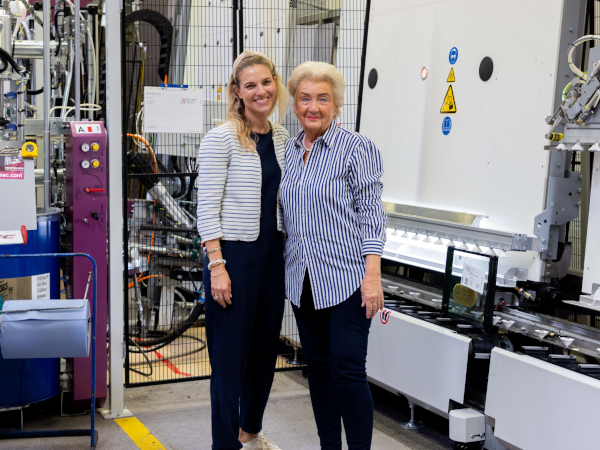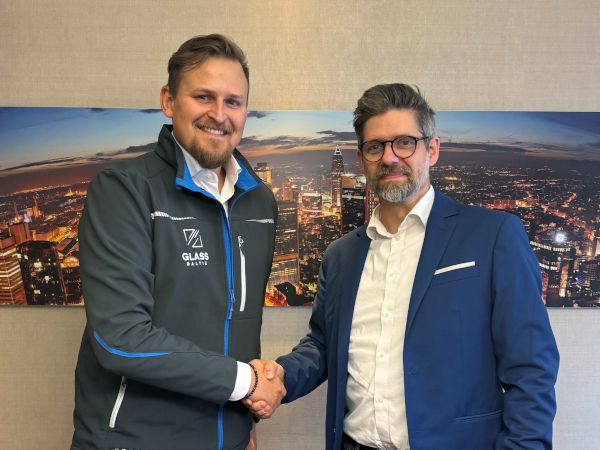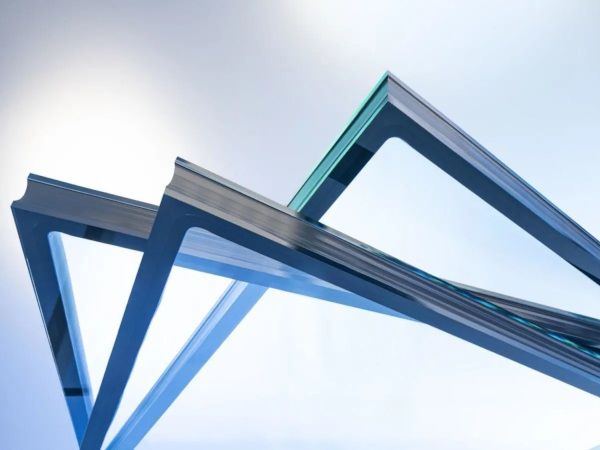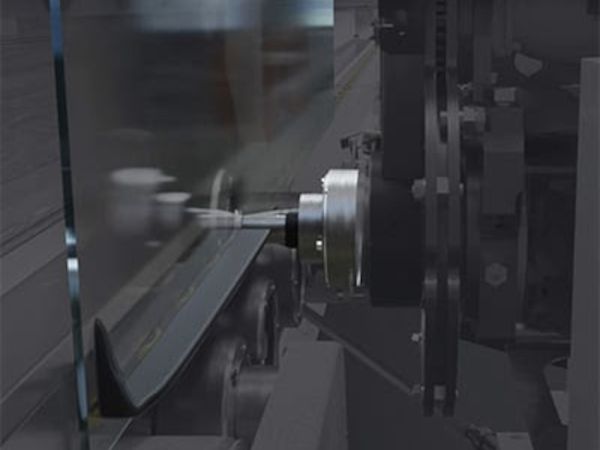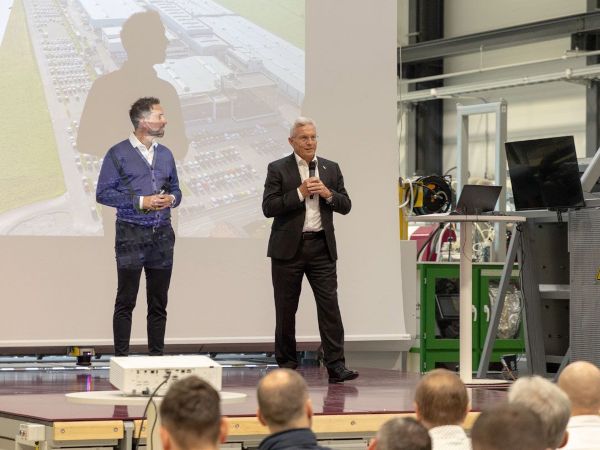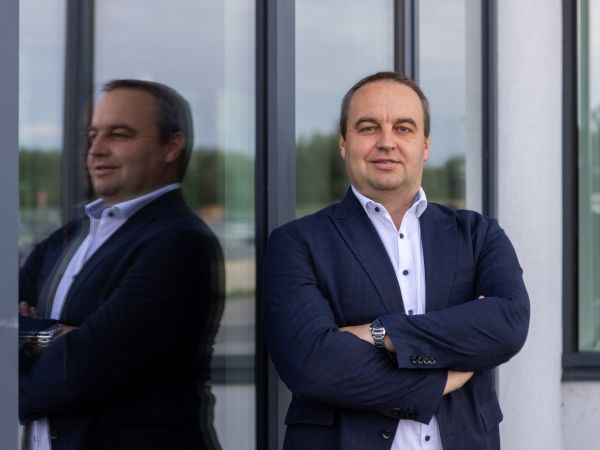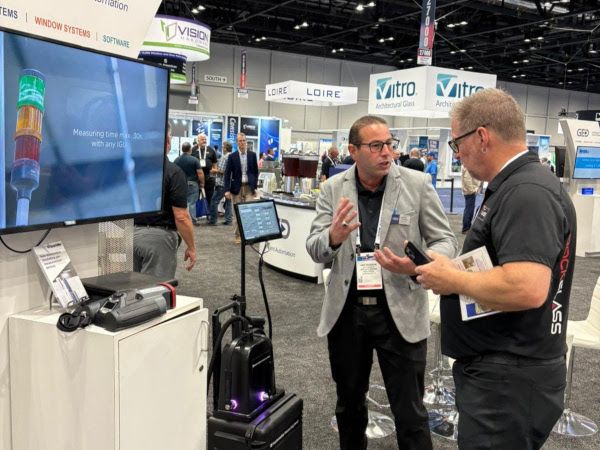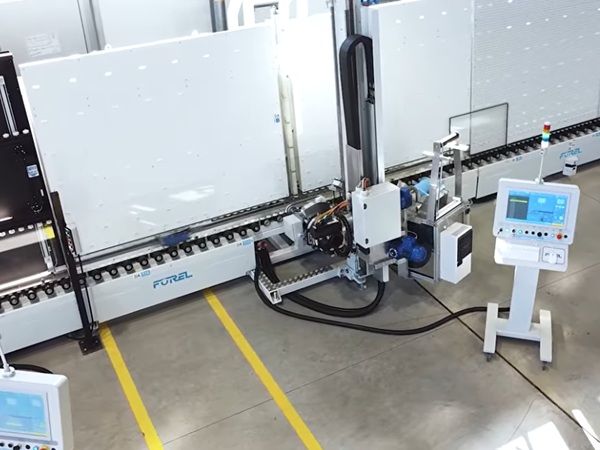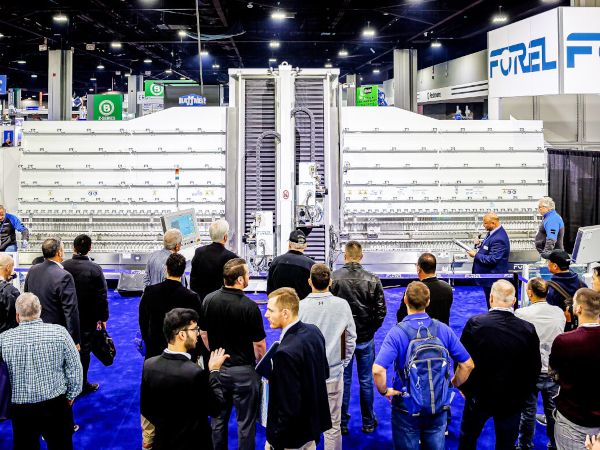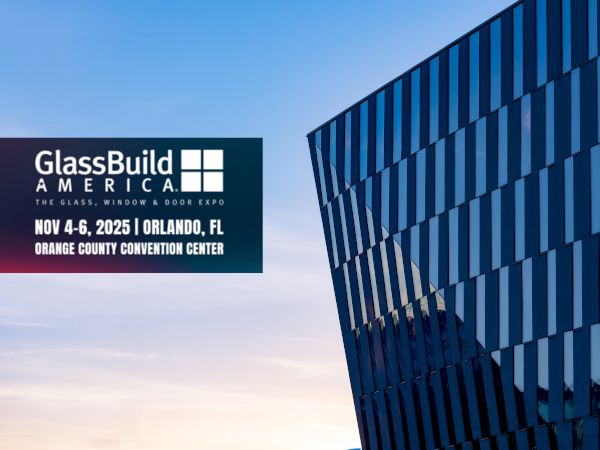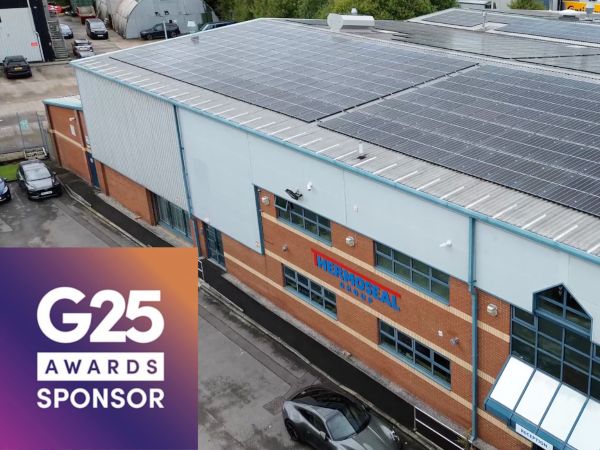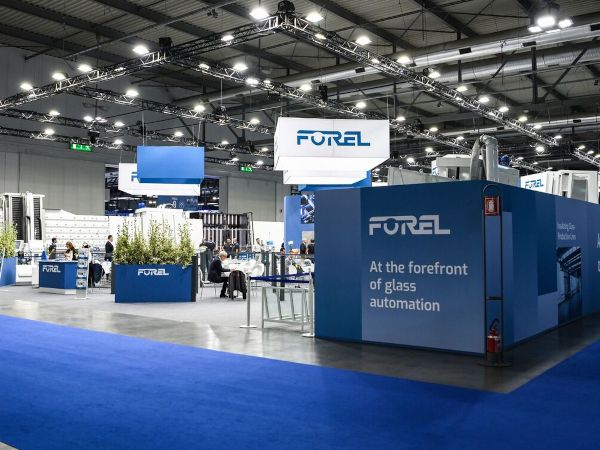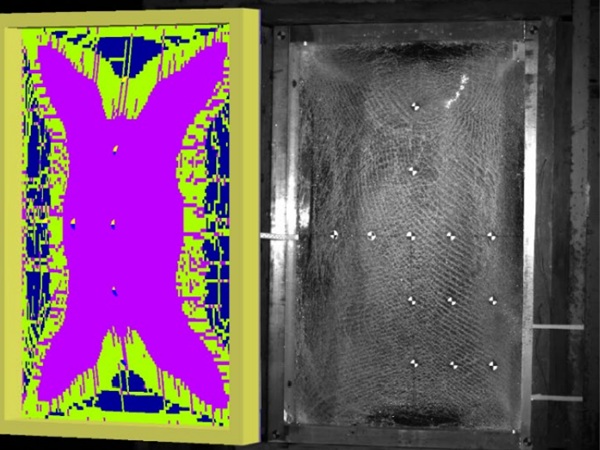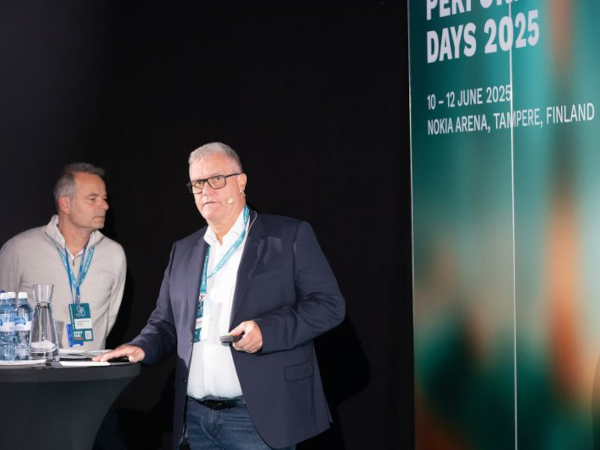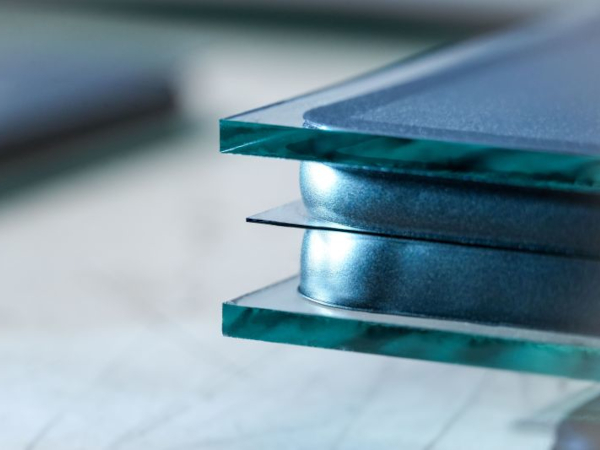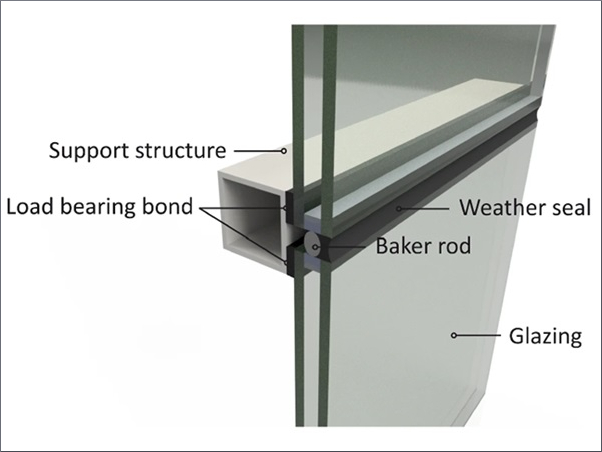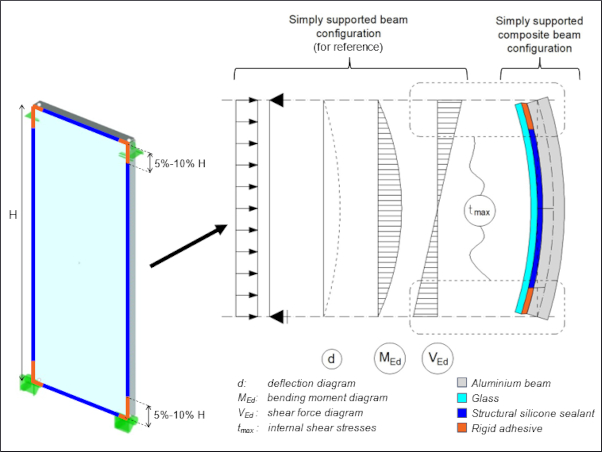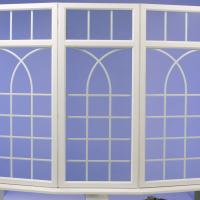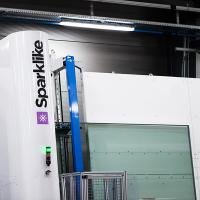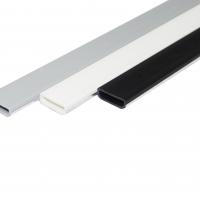Insulating Glass Technology
News
A forward-looking collaboration between NBS and Forel shows how automation and large-format glass production are redefining the future of industrial glass manufacturing in Japan.
Mark Hickox, Sales Director at Thermoseal Group, reflects on a transformative 2025 and shares how international growth is laying the foundations for a stronger, more efficient operation at home.
Its recent investment in the innovative LiSEC SRP-A system underscores their shared commitment to digitalisation and greater efficiency.
Celebrating excellence in innovation and supply chain performance as Thermoseal Group secures “Component Supplier of the Year” for the second year in a row.
As 2025 draws to a close, it’s a good time to reflect on business. We know for most glass processors, this has not been the easiest year.
Discover how the new Glaston TPS® PRO technology sets a new benchmark in insulating glass manufacturing.
Discover how automated TPA application ensures accuracy, speed and reliable processing – even in large-format production.
On 6 and 7 November, LiSEC welcomed more than 60 customers from Central and Eastern Europe and the Commonwealth of Independent States (CIS) region to Seitenstetten.
LiSEC is meeting challenges and emerging trends with innovative concepts and custom solutions.
Sparklike continues to strengthen its global presence, connecting with industry professionals and showcasing its innovative gas measurement solutions for insulating glass (IGU) quality assurance.
From the GlassBuild 2025 show floor in Orlando, Forel & Quanex are highlighting the innovative collaboration that is bringing automation and spacer performance to the next level.
New model FG for fast grinding and simultaneous edge seaming.
Visitors can find the Forel team at Booth #18085 (South Building), where they will share the latest updates on Forel’s advanced glass processing technologies, 100% Made in Italy.
At GlassBuild America 2025, Glaston showcases its latest innovations in glass processing, emphasizing smart automation, energy efficiency, and production flexibility.
Thermoseal Group has confirmed its sponsorship of the 2025 G-Awards, celebrating excellence in the glass and glazing industry. The event is set to take place on the 28th of November at the London Hilton on Park Lane.
At Vitrum 2025, Forel showcased new technologies and solutions that push the boundaries of innovation and efficiency in glass processing.
Articles
Understanding how glazing systems behave under blast conditions is essential for designing safer, more resilient façades.
In this seventh episode, we’re exploring how dynamic mixing enhances sealing quality and speed.
In this sixth episode, the focus is on how to assemble and gas-fill IG units synchronously.
In this fifth episode, the focus is on how the new TPS® PRO Applicator achieves up to 15% higher yield.
How do you move glass plates without a single scratch?
By Errol Bull, P.E., CSI, an Application Development Leader at Momentive Performance Materials Inc. Member: IIBEC, ASTM C24, ISO TC59/SC8
Discover how TPS® boosts IGU longevity and energy performance in this Glastory blog and download the presentation.
In this paper, the behaviour of various Insulating Glass Units (IGUs) is examined under the influence of quasi-static uniform wind pressure and weather actions.
In this latest Glastory blog, Uwe Risle explains why thin triple IG units are gaining popularity and what the key differences are between thin triple IGUs and other insulating glass types.
Structural sealant glazing systems are increasingly used in transparent glass constructions, but designing bonded joints still relies on outdated safety concepts, despite recent research proving the reliability of hyperelastic silicone bonds.
A Composite Approach in the Design of Glass-Aluminium Facades to Minimise Embodied Carbon Emissions
The purpose of this study is to investigate the stress distribution along the sealant joint of a cylindrically curved glass panel subjected to wind pressure and to establish if the panel curvature influences the stress distribution along the joint length.
COMPANIES
Products
Sparklike Oy – Your IG Quality Assurance



